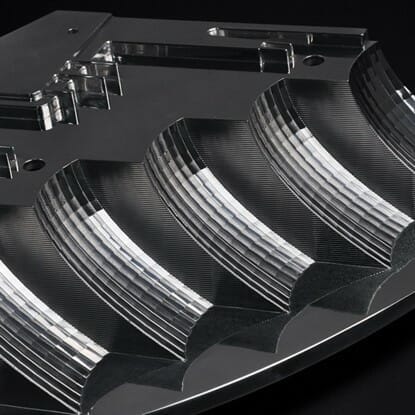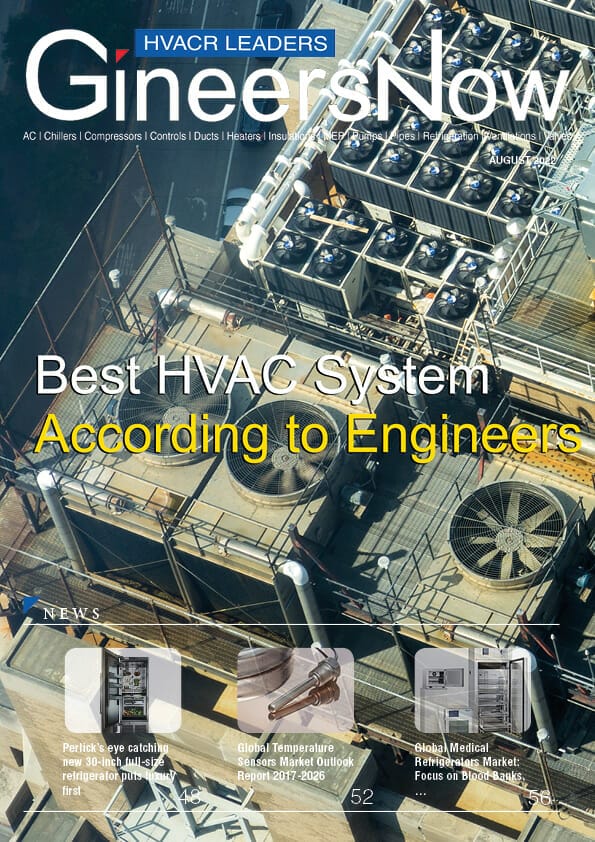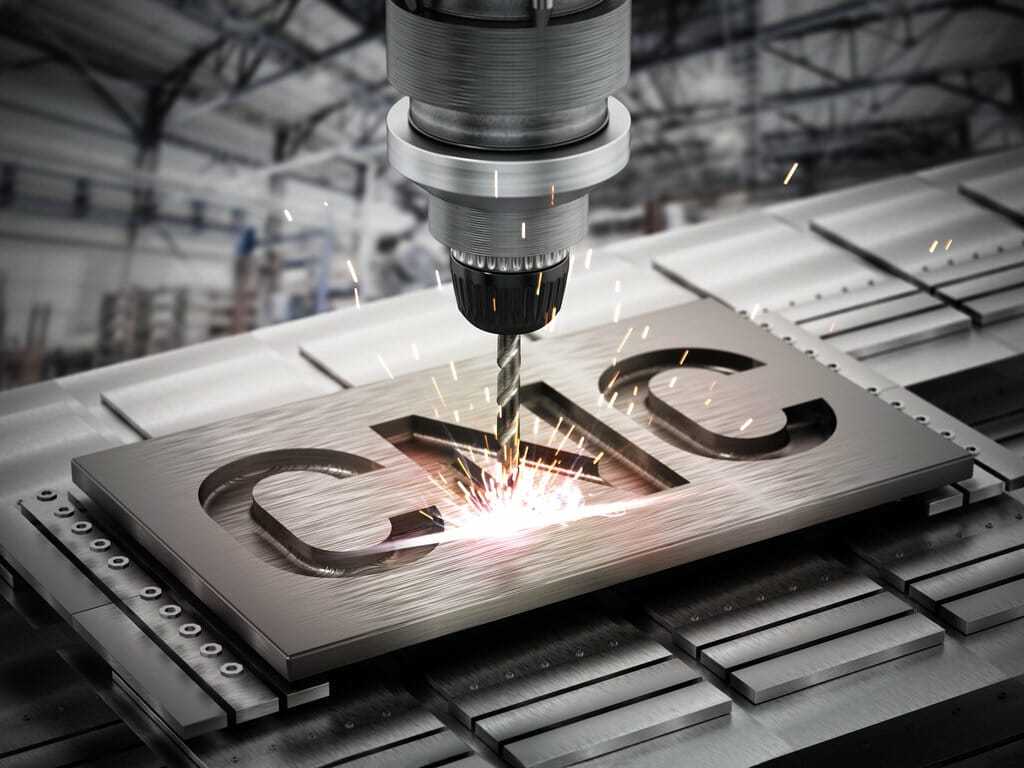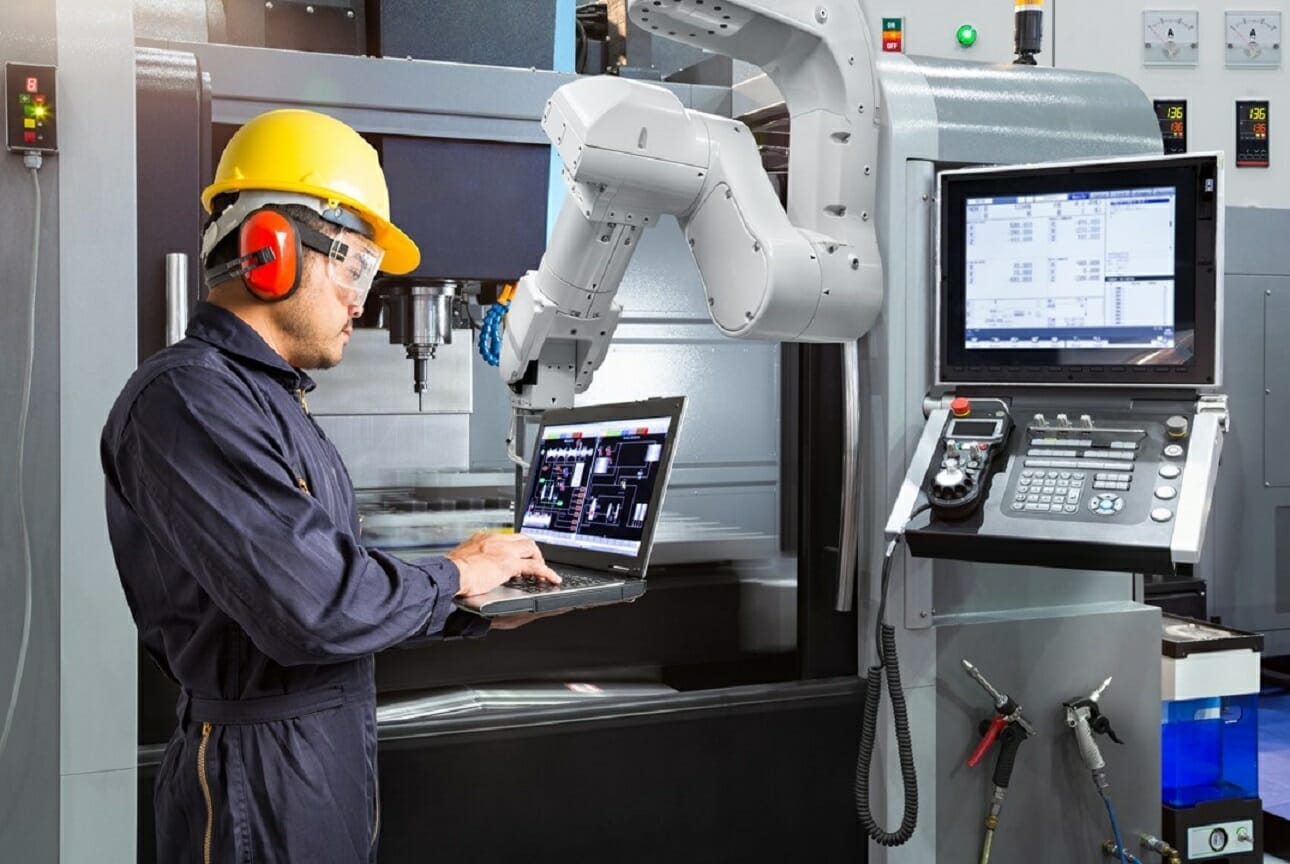The Basic Knowledge of Precision Machining You Will Ever Need
Precision machining is a process that is used to make parts and products with very precise dimensions and tolerances. It can be used for a variety of applications, including the manufacturing of medical implants and aerospace components. If you’re looking for a quality precision machine shop, it’s important to understand the basics of the process. This blog post will provide you with a basic overview of precision machining. Read on to learn more!
The different types of precision machining processes
Precision machining is a manufacturing process that involves cutting or shaping metal or other materials to very precise dimensions.
This process can be done with various tools, including lathes, milling machines, and grinding machines. To achieve the level of precision required, the cutting tools must be very sharp, and the machine must be set up very accurately. The machinist will also use various measuring devices, such as calipers and micrometers, to ensure that the part is being machined to the correct size and shape. Precision machining is used in various industries, including aerospace, automotive, and medical. In many cases, it is the only way to create parts that meet the stringent requirements of these industries.
The goal of precision machining is to produce parts that meet very tight tolerances or exacting standards. There are various precision machining processes, each best suited for specific applications.
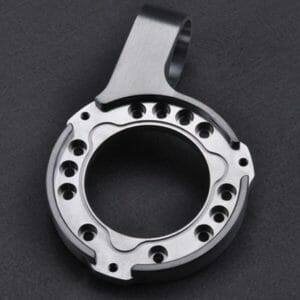
1. CNC machining
CNC machining is a popular choice for precision machining thanks to its ability to produce accurate and repeatable results. The process involves using computer-controlled tools to remove material from a workpiece, following a set of programmed instructions. This allows for highly precise cuts and shapes, making it ideal for creating components with tight tolerances. In addition, CNC machining can be used to create complex geometries that would be difficult or impossible to produce using traditional methods. As a result, it is widely used in various industries, from aerospace and automotive engineering to medical device manufacturing.
2. EDM
Another common precision machining process is called EDM, or electrical discharge machining. EDM is a process that uses electrical discharge to remove material from a workpiece. It uses a series of electric sparks to erode the material carefully. This process is often used to create intricate shapes or to machine materials that are difficult to cut with traditional methods. In addition, EDM can be used to produce very accurate parts with tight tolerances. As a result, it is often used in the aerospace and medical industries, where precision is essential. While EDM is a highly precise process, it is also relatively slow and expensive. As a result, it is typically only used when other methods cannot achieve the desired results.
3. Stamping
Stamping is another common precision machining process. In stamping, the workpiece is cut or shaped using Stamp dies. This type of machining is well-suited for high-volume production runs.
The stamping process itself is relatively simple. A die containing the negative image of the desired design is created. The die is then attached to a press, and a sheet of metal is placed on top of it. The press applies pressure to the die, cutting the design into the metal. The result is a precise die replica, with no variation from piece to piece.
Stamping is an excellent choice for applications where accuracy and consistency are paramount. The process is relatively quick and easy, producing parts that meet very tight tolerances. In addition, stamping can be automated, which further increases accuracy and efficiency. As a result, stamping is an essential precision machining process that helps keep factories running smoothly and efficiently.
The importance of quality control in precision machining
Quality control is essential in any manufacturing process but especially important in precision machining. When creating parts with tight tolerances, even a small error can result in a failed product. Quality control helps ensure that parts meet the specified requirements and the customer’s expectations.
There are many steps involved in quality control, including inspection, measuring, and testing. By carefully monitoring each step of the manufacturing process, quality control can help ensure that parts meet the highest quality standards. In today’s competitive market, businesses that consistently produce high-quality parts will have a distinct advantage. As a result, quality control is an essential element of any successful precision machining operation.
To ensure quality, machinists use various tools and techniques to check the dimensions of their parts. They also perform regular maintenance on their machines to keep them running smoothly.
By paying attention to detail and producing quality parts, precision machiners can help prevent costly mistakes and ensure that their products meet the highest standards.
The advantages of precision machining over other manufacturing methods
Precision machining is a manufacturing process that uses computer-controlled tools to cut and shape metals and other materials with extreme accuracy. This process can create very intricate parts and designs that would be impossible to produce using traditional methods such as stamping, casting, or forging.
The main advantage of precision machining is the ability to create highly complex parts with high accuracy. Computer-controlled tools allow for precise cuts and shapes, which means that parts can be made to very tight tolerances. This is essential for many applications where parts must fit together perfectly, such as in the aerospace or medical industries.
Another advantage of precision machining is its flexibility. Unlike other manufacturing processes, precision machining can create parts from a wide range of materials, including metals, plastics, and composites. This means that parts can be designed to meet the specific needs of a given application.
In addition, precision machining is generally faster and more efficient than other manufacturing methods. Computer-controlled tools allow for quick and easy set-up, reducing overall production time. This can make a big difference when deadlines need to be met or when large orders need to be filled quickly.
Finally, precision machining is relatively easy to automate. This means that once a part has been designed, the manufacturing process can be completely automated, which greatly reduces the amount of labor required. Automation also allows for consistent quality control, as the same process is followed each time a part is made.
Overall, precision machining offers a number of advantages over other methods of manufacturing. The ability to create highly complex parts with a high degree of accuracy, the flexibility to use a wide range of materials, and the efficiency of the process make it an attractive option for many applications.
Conclusion
precision machining – is often favored for its accuracy and ability to create small parts with tight tolerances. Precision machining aims to produce a part that meets the customer’s requirements in terms of size, shape, and function. Precision machining can be used for both small and large parts. It can also be used to create prototype parts or finished products. The most common applications for precision machining are in the aerospace, automotive, and medical industries.


